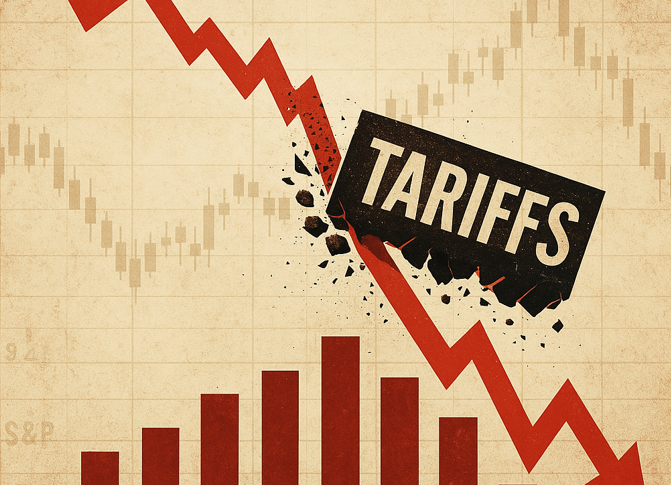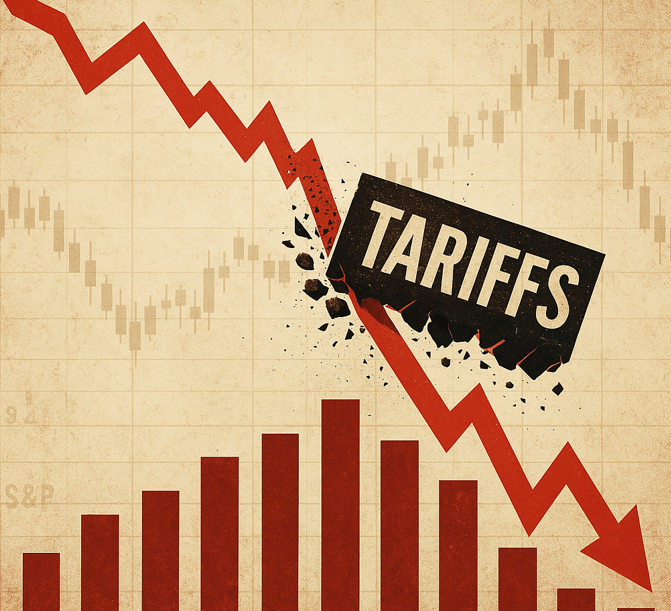The VIX Soars 50%, Hits Highest Level Since the Pandemic
Investors will be closely watching how markets evolve and whether the Fed issues any statements that could sway global sentiment.

The VIX index—widely known as Wall Street’s “fear gauge”—soared nearly 50% to 44 points, its highest level since October 2020, after China imposed retaliatory tariffs on the U.S., according to data from TradingView.

The spike in volatility, coupled with a sharp sell-off in U.S. stock index futures, prompted traders to raise their expectations for Federal Reserve rate cuts to 116 basis points this year, up from 100 basis points before news of China’s actions broke, according to CME’s FedWatch tool.
What’s Next for the Markets?
An elevated VIX often signals greater turbulence in financial markets, but it can also mark turning points—especially if central banks or governments step in with supportive measures. In this case, with no immediate signs of intervention, the risk of a prolonged equity sell-off and heightened risk aversion remains on the table.
Investors will be closely watching how markets evolve and whether the Federal Reserve issues any statements that could sway global sentiment. In the meantime, volatility is expected to remain a key factor driving investment decisions in the coming weeks.
How Does the VIX Work?
The VIX is calculated based on the prices of short-term options on the S&P 500 (SPX). It reflects the market’s expectations for 30-day volatility:
High VIX (above 30): Signals elevated uncertainty or fear, typically during financial crises, recessions, or major geopolitical events.
- Check out our free forex signals
- Follow the top economic events on FX Leaders economic calendar
- Trade better, discover more Forex Trading Strategies
- Open a FREE Trading Account
